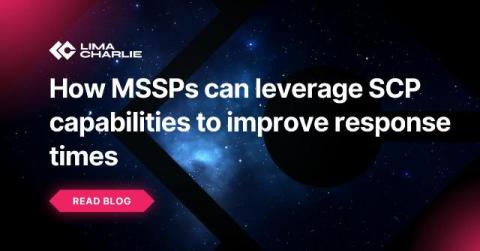Powering the future of GRC: New capabilities bring continuous visibility and automation to GRC teams
Security is a top buying requirement for businesses today. In fact, two-thirds of respondents to our State of Trust survey say that customers, investors, and suppliers are increasingly looking for proof of security and compliance. As concerns around in-house security practices, third-party tools, and access to customer data grow, customer expectations for trust continue to rise.











